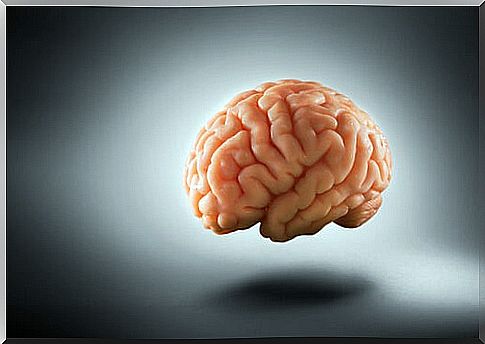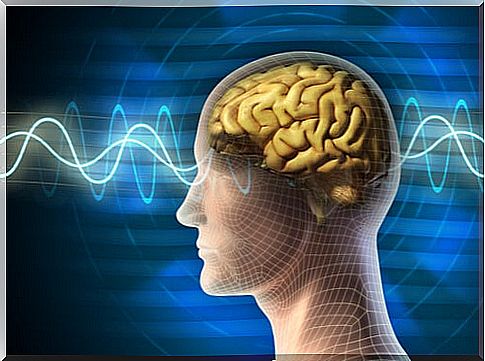The Brain Also Beats

The heart beats so it can send blood to every blood vessel in the body. This rhythm can be noticed in the wrists, in the neck and sometimes we can even hear it due to the vibration it causes in the ears. What is probably difficult to notice is that the brain also beats in time with the heart.
The brain beat is caused by the flow of cerebrospinal fluid and blood within the skull. The movement that the beat produces is smaller than the thickness of a hair, between 10 and 150 microns. For this reason, until now it had been impossible to register them, since the scanners and neuroimaging methods that we currently have did not capture such a level of detail.
Recently, scientists from the Stevens Institute of Technology in New Jersey (United States) and the University of Auckland (New Zealand) have managed to record the heartbeat. For this they have created a technique called Amplified Magnetic Resonance Imaging (MRI).

The technique
The researchers have published their findings on this innovative technique in the journal Magnetic Resonance in Medicine .
In the article, they explain how, to capture the heartbeat, they attached electrodes to their wrists to record their heart rate. Thus, while they performed an MRI, they could coordinate the timing of the heart pulse with the images of the brain, creating planes with a smooth movement.
Using an algorithm that adapts to the piston-shaped movements of blood and spinal fluid passing through the brain, the movement that occurs when the brain beats can then be enlarged to a more visible scale.
This adaptation also eliminates the noise that could be created in the image. Thus, the result is an exact, real-scale brain image, in which movement can be observed when enlarged.
For now, this system is especially good at detecting movement in the midbrain, spinal cord, and frontal cortex.
Utility
Returning to the comparison with the heart, when it beats at an irregular or altered rhythm, it indicates that it is suffering some type of damage.
For this reason, the scientists want this new technique to be used to detect the moments in which the brain beats differently. That is, when their movement pattern is not the usual one so that aneurysms or concussions can be diagnosed before the risk to the person’s health increases.
In the study, the researchers did a test to compare the heartbeat of a healthy brain and that of a person with type I Chiari malformation. This malformation consists of an abnormal structure of the cerebellum. The results showed that the brains of the malformed group had an abnormal movement pattern in two specific areas: the caudal midbrain tissue and the brainstem.
Thus, this technique could be very useful to detect problems that go unnoticed with other tools. It would help prevent disease and even better design helmets that prevent head injuries.
On the other hand, due to its safety and that it is a non-invasive technique, its application could be extended to other areas of the body other than the brain.
For example, in the evaluation of pathologies of the liver, chest, blood vessels, heart, lungs or skeletal muscle. Specifically, it would be useful to diagnose dysfunctions where biomechanical function is compromised, such as cirrhosis of the liver or prostate cancer.

Brain – heart relationship
That the brain beats influenced by the flow of the heartbeat is a fact that can lead us to think about the relationship between these two organs. Thus, although traditionally there has been a tendency to separate heart and brain, the integration between them is very great.
The heart is known to communicate through the brain through two pathways that end in the cerebral cortex. One of them is found at the insular level and another in the cortex of the anterior cingulate, which is next to the somatosensory cortex.
On the other hand, it is also known that interoception, or perception of one’s own body, modulates the cognitive ability to understand social relationships (social cognition). This knowledge led to a study with a patient who had two hearts (the natural one and an external heart device).
The results showed that the patient felt the artificial heartbeat more and that, as a consequence of this and the imbalance in the interoceptive pathways, he showed alterations in social, empathic and decision-making skills. This could be understood as the brain making the decisions, but under the influence of the rest of our body.









